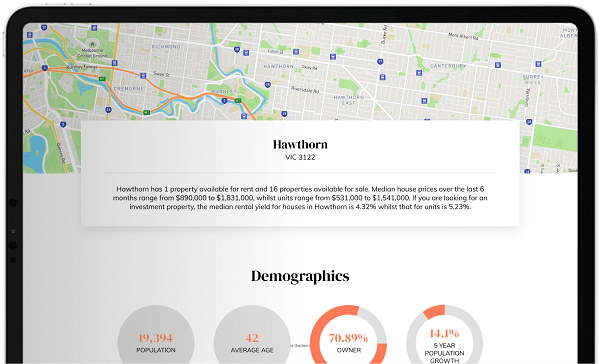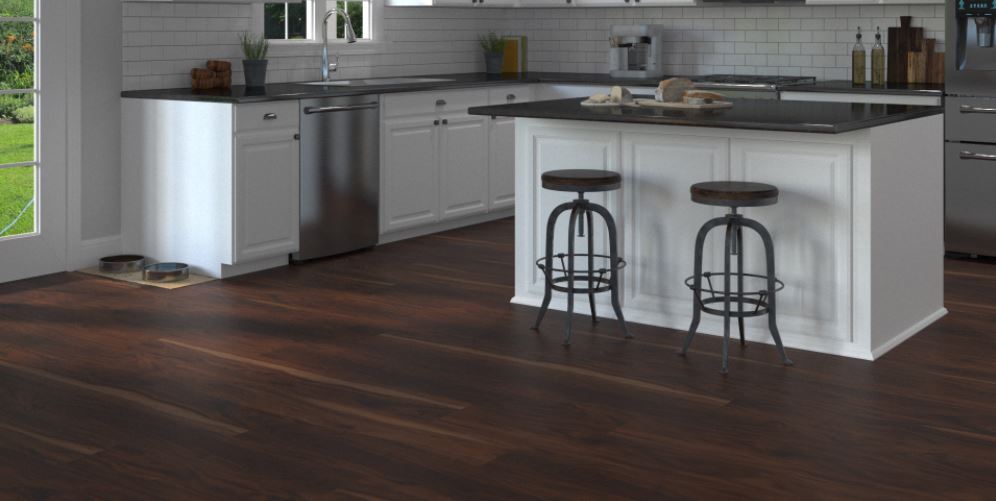
Comparing House Floor Types
What are the best flooring options?
There are many flooring choices available to builders and renovators these days. Advanced technology not only has created durable floor covers but made them look exactly like the real thing. For example, vinyl can look exactly like you have laid timber or even slate on the floor surface. Here we take a look at some of the latest flooring options that are currently on the market.
Vinyl Flooring – Vinyl can be supplied in either rolls or tiles. There are multiple colour and profile choices available and as with laminate vinyl can give the appearance of other materials. The difference between laminate and vinyl is that laminate has a thicker composition that includes wood content, which helps it to feel warmer and slightly soft. Vinyl, however, tends to be quite hard and cold to the touch, so it’s generally not the best choice for main living areas and bedrooms.
Advantages of Vinyl Flooring
- Vinyl is durable
- It is easy to keep clean and maintain
- It will not buckle when wet which makes it a good option for the bathroom, laundry or kitchen
- It is eay to install
- It is inexpensive
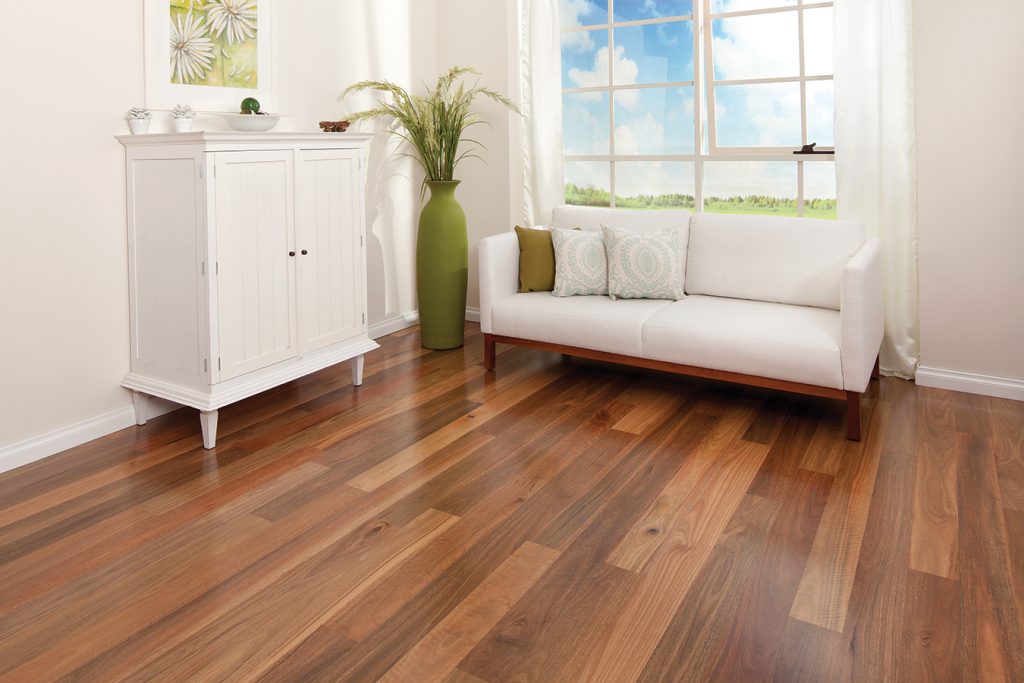
Vinyl Flooring 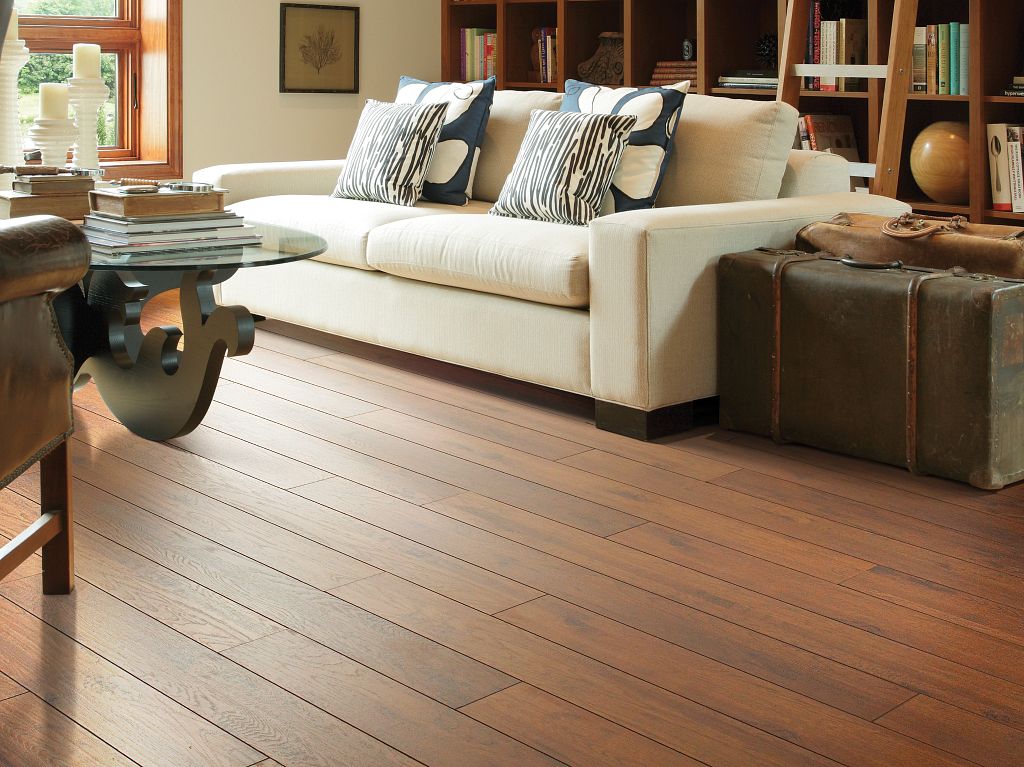
Laminate Flooring 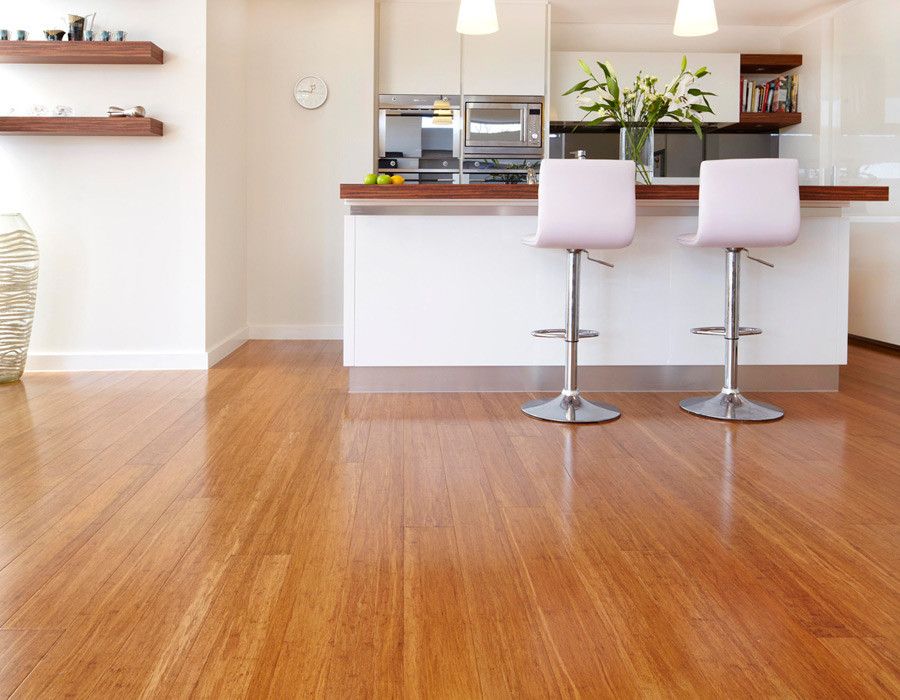
Bamboo Flooring
Laminate Flooring
Laminate flooring is a compressed fibreboard plank covered with an image of a material such as timber, stone, tiles and so on that is then given a protective coating. Laminates can be suitable for rooms that wish to benefit from the aesthetics of a ‘natural’ floor but at a lower cost, with easier installation, and without the risk of being damaged by scratching. Good quality laminates are durable and may have a 20-year warranty. They require minimal maintenance and may be installed with under-floor heating.
Advantages of Laminate Flooring
- Up to 20 year warranty
- Low cost to buy
- Easy to install
- Durable and hard to scratch
Timber Flooring
Timber floors have stood the test of time. Visit a property that was built in the 1800s and there is a good chance the original baltic pine floor is still in place. Timber floors are durable and not that hard to maintain. The natural grain has its own appeal and after all, it is the real thing. A timber floor is better for air quality and healthier for babies.
Advantages and Disadvantages of Timber Flooring
- Lifespan, Quality is ageless. Good investment
- Multiple variety timbers
- Hygienic and easy to maintain
- Expensive
- Possible termite attacks
- Noisy
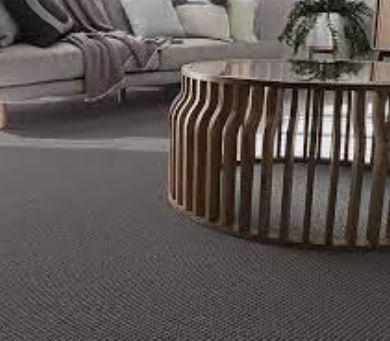
Carpet Flooring 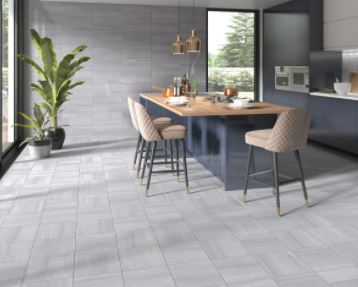
Ceramic Flooring 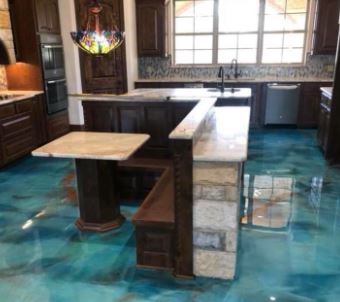
Polymer Flooring
Carpet Flooring
Carpet is made of an upper layer of pile attached to a backing. The pile is usually wool or fibres such as nylon, polyester or polypropylene that are heat-treated after having been twisted together into tufts or woven. There are many varieties of texture, style and colour available and generally carpet is both durable and easy to maintain. Carpet also has insulating properties in terms of both heat and sound. However, carpets can stain quite easily and can be damaged by water and damp.
Advantages of Carpet Flooring
- Multiple textures, styles and colours
- Noise reduction
- Durable
- Retain heat
Ceramic Flooring – Tile or Ceramic
There are many options in terms of colour, texture, shape and finishes of tiles. Because of their hardness, they are difficult to scratch or dent and are also suited to wet environments. However, they are difficult to install and can break if there is a lack of support beneath the tiles.
Advantages of Ceramic Flooring
- Hard to scratch
- Good for wet environments such as bathroom and laundry
- Multiple choice of colours and styles
Polymer Flooring
We leave this type of flooring until last. Polymer flooring is generally more common in commercial and industrial locations. However, it can have useful applications in the home. Polymer floors are extremely durable and have no seams. With a polymer floor, you can really let your imagination run wild as all types of patterns, stencils and colours can be created.
Advantages of Polymer Flooring
- Durable and strong
- Easy to clean
- No seams
- Eco friendly
- Cost-effective

